Nature Journal Entry #10: A June Meander through the Floral Delights of Nose Hill Park
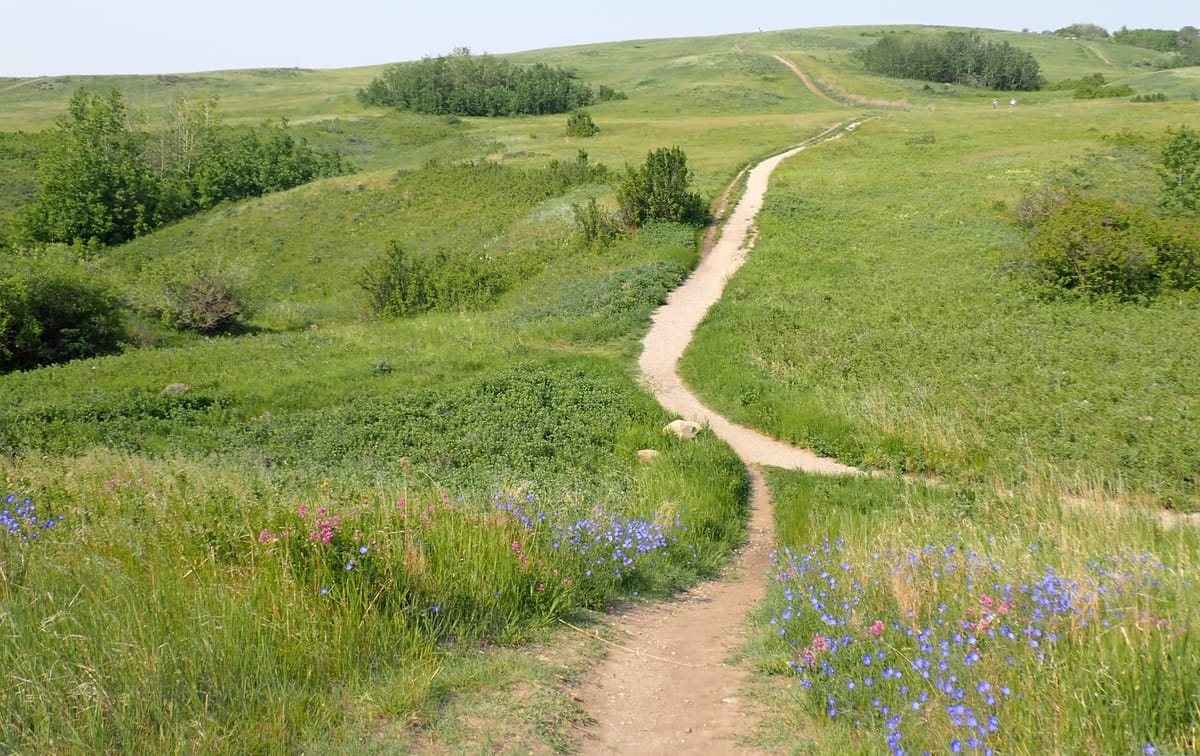
Where: Nose Hill Park (East Section)
When: June 8th 2025 (Mid-to-Late Morning)
Highlight: The wonderful orchids found sulking in the shade!
Despite the smoke that had blown into the city the day prior, Taylor, Alexis, Krystal, and I joined Nature Calgary for a spring flower walk through the eastern section of Nose Hill Park. We joined four others, including our field guide, John, an avid Calgarian naturalist. His great humility matched his depth of knowledge regarding local native flora, so I ended up learning quite a lot about wildflowers throughout our nearly three hours of trekking along the trail.
All flowering life has its time for blooming. For Calgary, June brings its own cast of colourful characters. During our walk, we saw dozens of distinct wildflower species and I wanted to take the time to highlight three species.
My first wildflower is Alpine Sweetvetch (Hedysarum alpinum). This native wildflower is a member of the pea family and is found (as the name implies) in northern hemisphere in boreal and northern temperate climates. Like fireweed and bearberry, this species has a circumpolar distribution. Whether you are in Irkutsk or Calgary, you can enjoy this stunning flower. One of the challenges that I sometimes have with identification is that there is so much to observe and discuss, that sometimes I forget the species in question. I had to go through iNaturalist to find out who this beautiful mauve darling was.
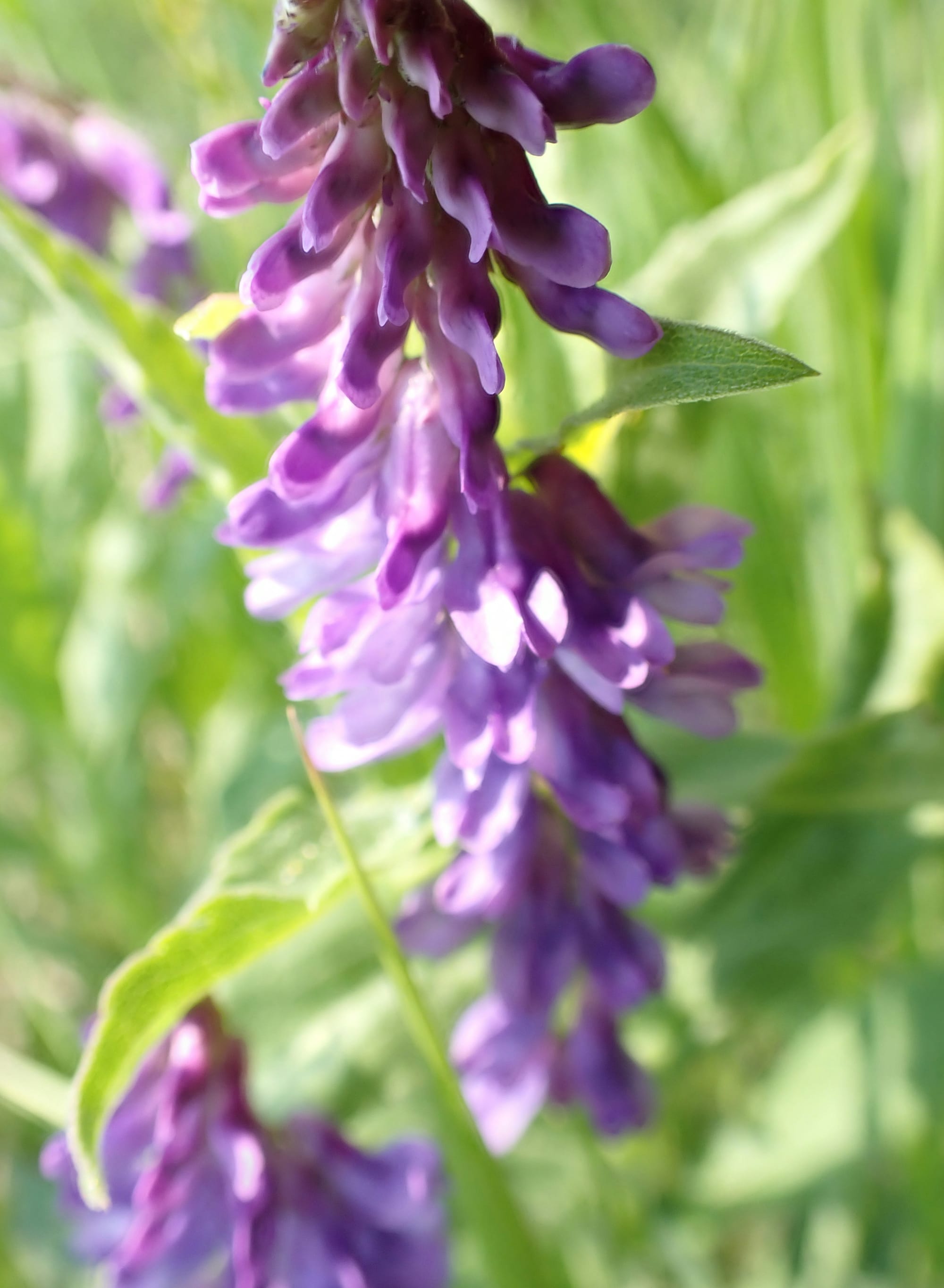
My second wildflower has many names, whether it is old man's whiskers, three-flowered avens, or my favourite, Prairie Smoke (Geum triflorum). This wildflower is a member of the rose family and is common in western North America in grassland or open woodland ecosystems. As flowering life that emerges earlier in spring, this flower is excellent for pollinating insects freshly coming out of hibernation. The sepals are effectively fused together earlier in the season and pollinators (often small bees) must force their way in to get access to the nectar and pollen. Once pollinated, the Prairie Smoke will be fertilized and turns upright. Then, the elongated styles take on the look of billowing smoke (ergo Prairie Smoke). The photo below shows it before the flower turns upright, but the University of Wisconsin provided helpful pictures (and more information).
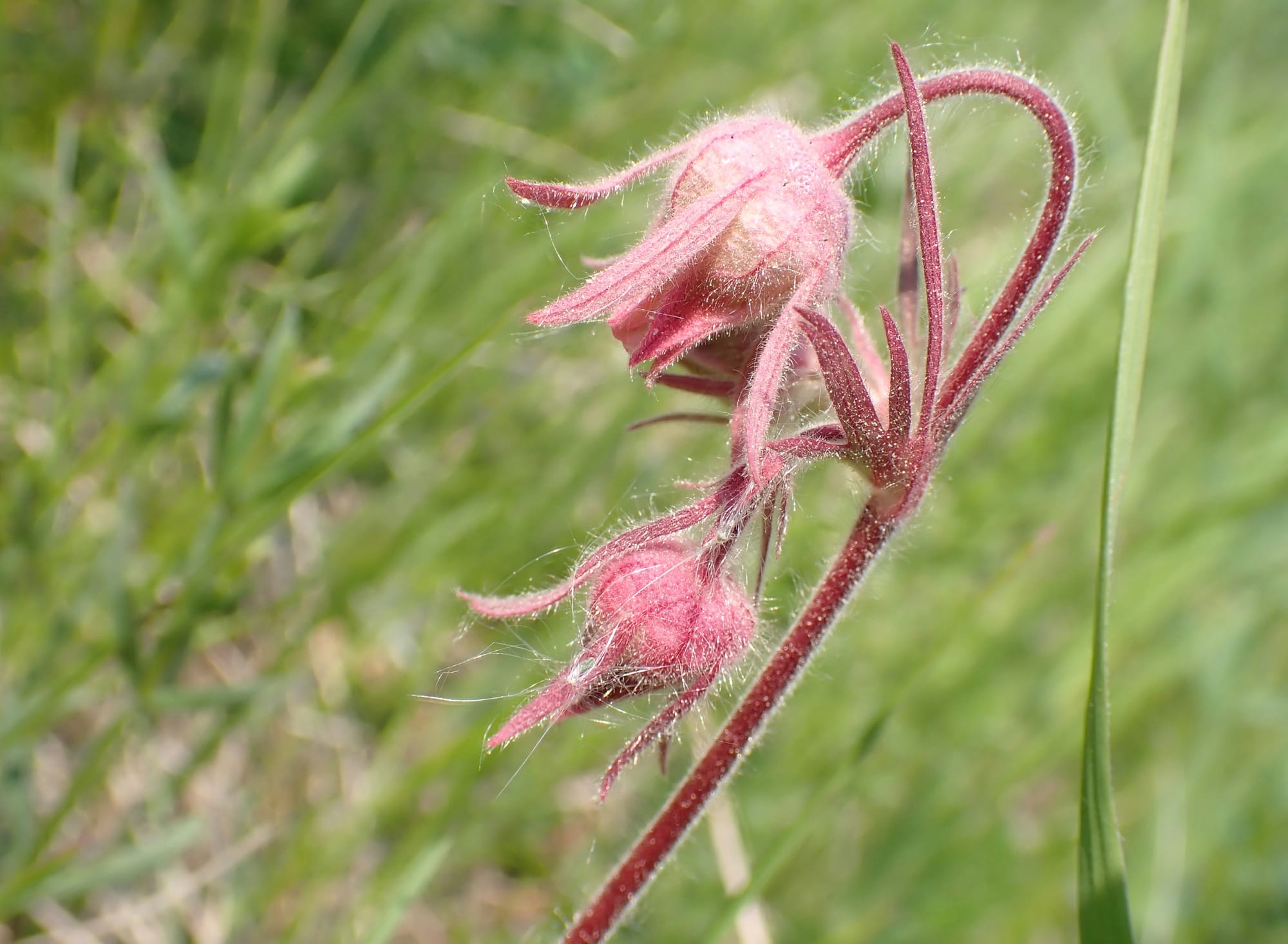
My third wildflower is perhaps the most "underground" of the bunch. Whereas much of flowering life gains energy primarily through photosynthesis (the process in which green plants convert light energy into chemical energy), the chlorophyll-lacking Striped Coralroot (Corallorhiza striata) gains nutrients through a symbiotic relationship with mycorrhizal fungi. This relationship is commonly referred to as myco-heterotrophy - which is fundamentally parasitic in nature. The myco-heterotroph plant in question, like the striped coralroot in this instance, siphons off nutrients from mycorrhizal networks and provides no known immediate benefits back (kind of like landlords or property speculators). As interesting as this might be, further still, is the fact that the striped coralroot is one of provinces' 25 native orchids.
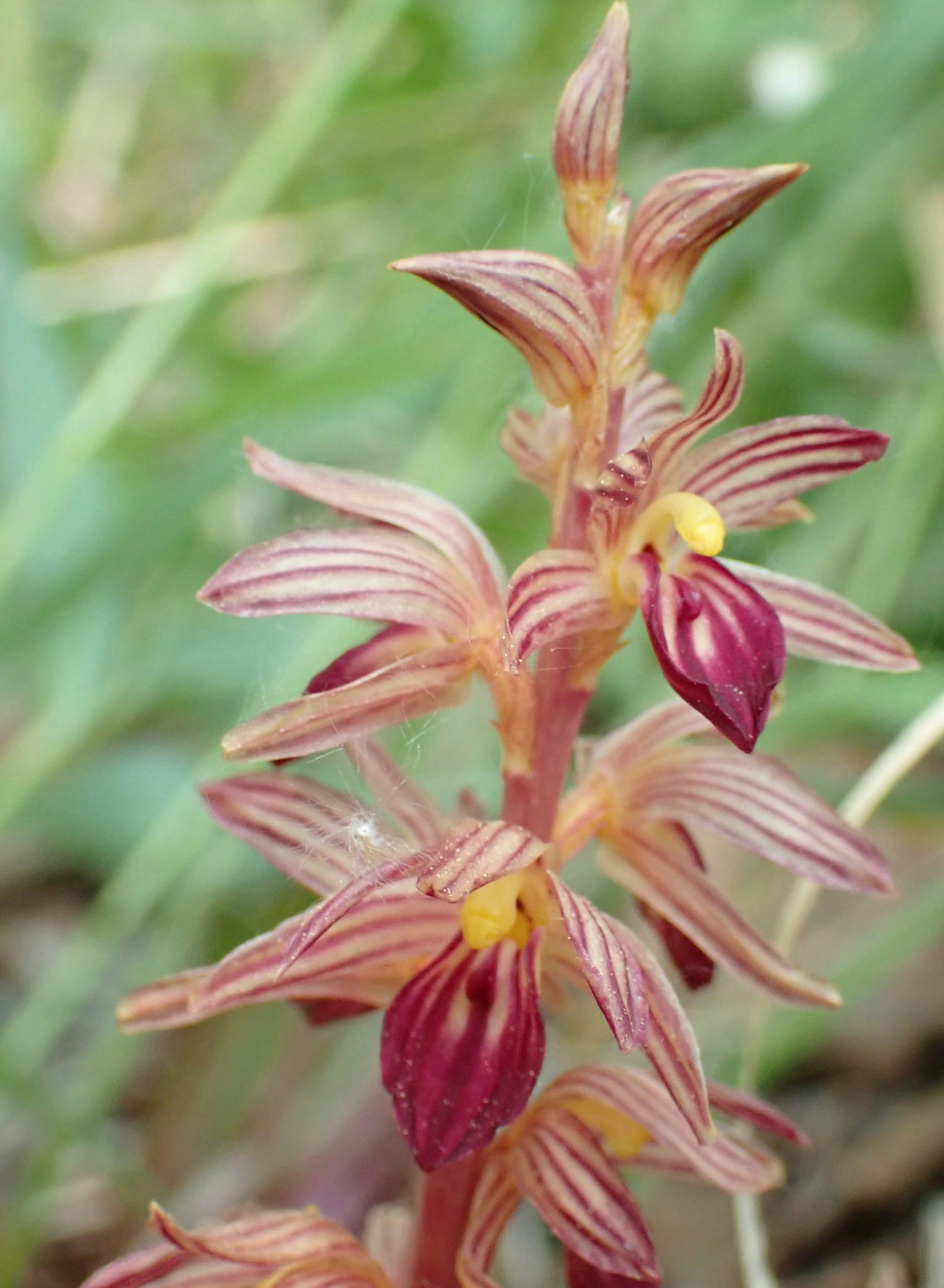
Of course, during any trip out in nature, whilst there are plenty of new creatures to observe and learn about, it is equally important to stop by and visit old friends.
Taylor took fantastic photographs with our OM TG-7 and I wanted to share them below. They include a plethora of this lands' wonderful lifeforms, like a dedicated ant tending to their aphids, a busy bee pollinating a geranium, and an assembly of flax bringing vibrant contrast to the verdant hills of bright grasses.
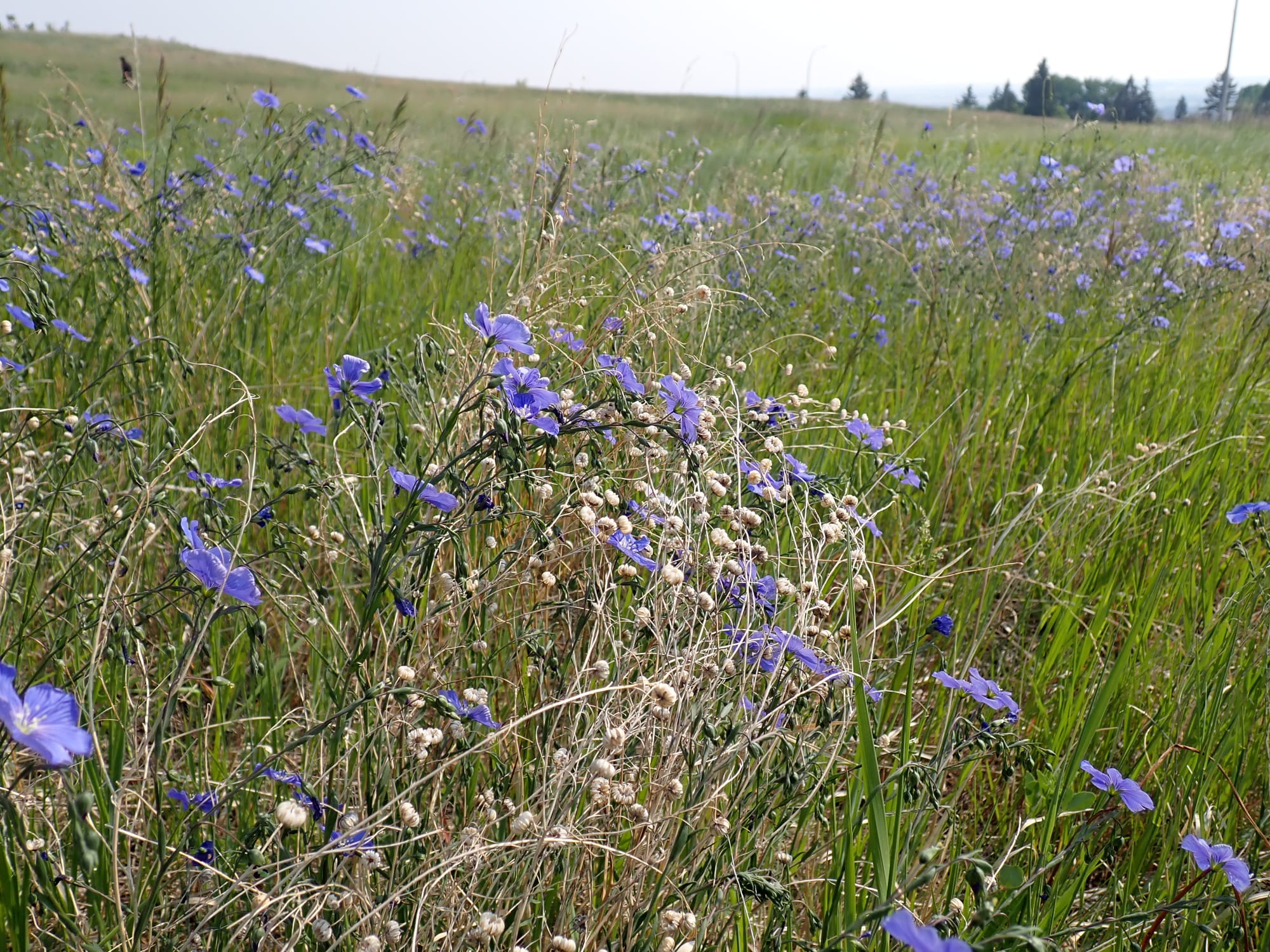
A patch of flax spread amongst the grasses.
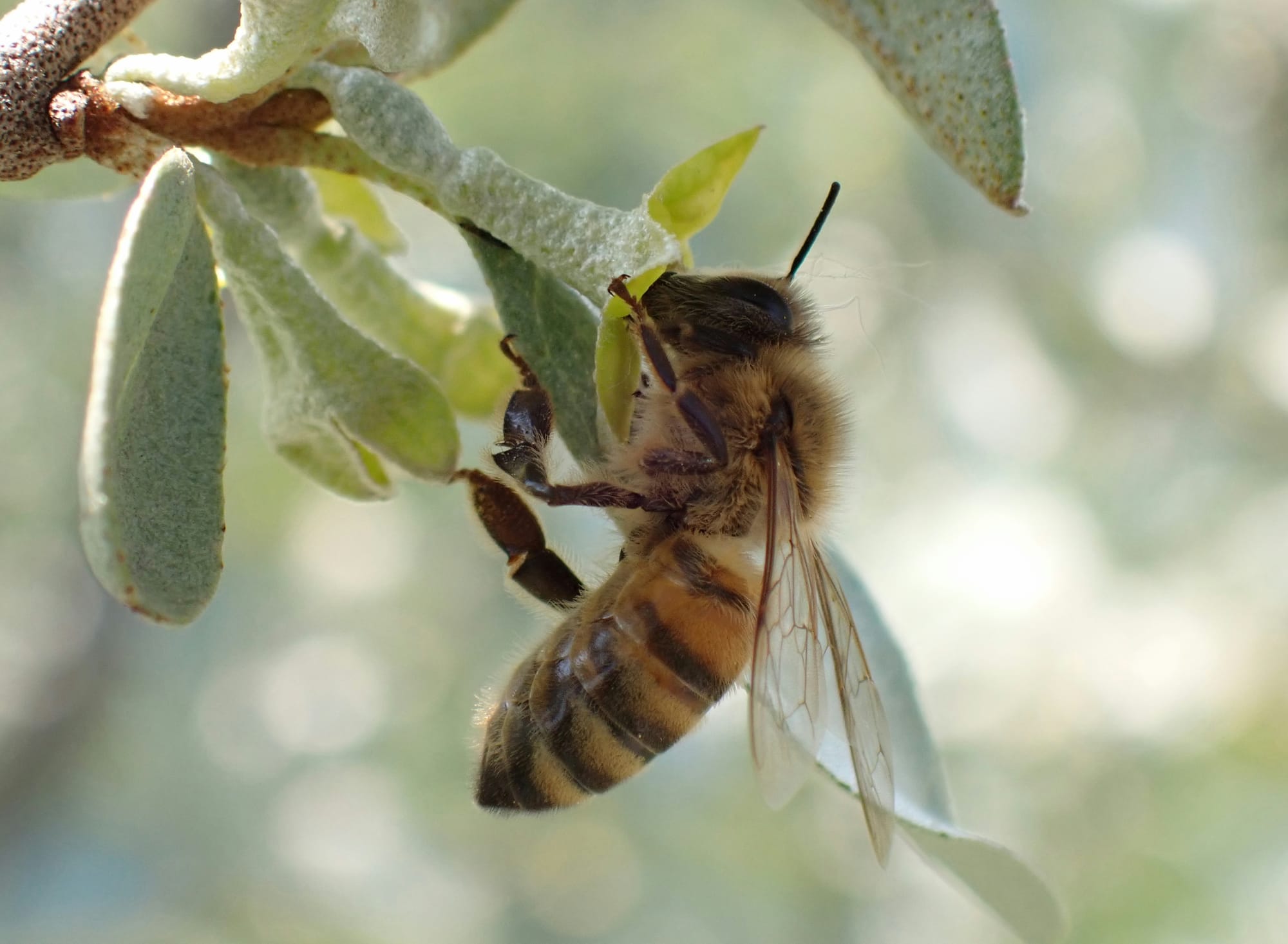
A Western Honey Bee working through the wolf willow!
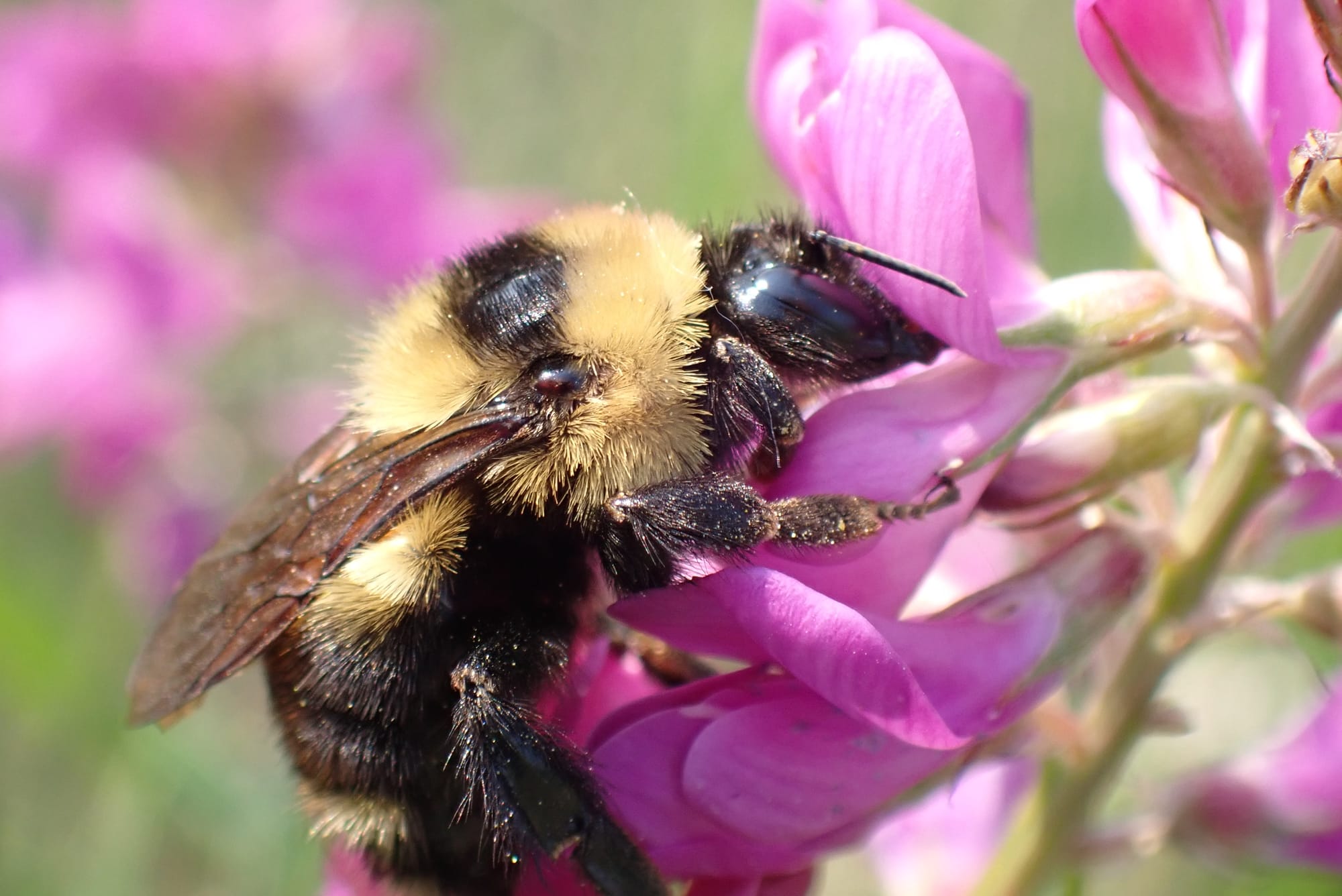
I agree with the Nevada Bumble Bee, I also love wildflowers!
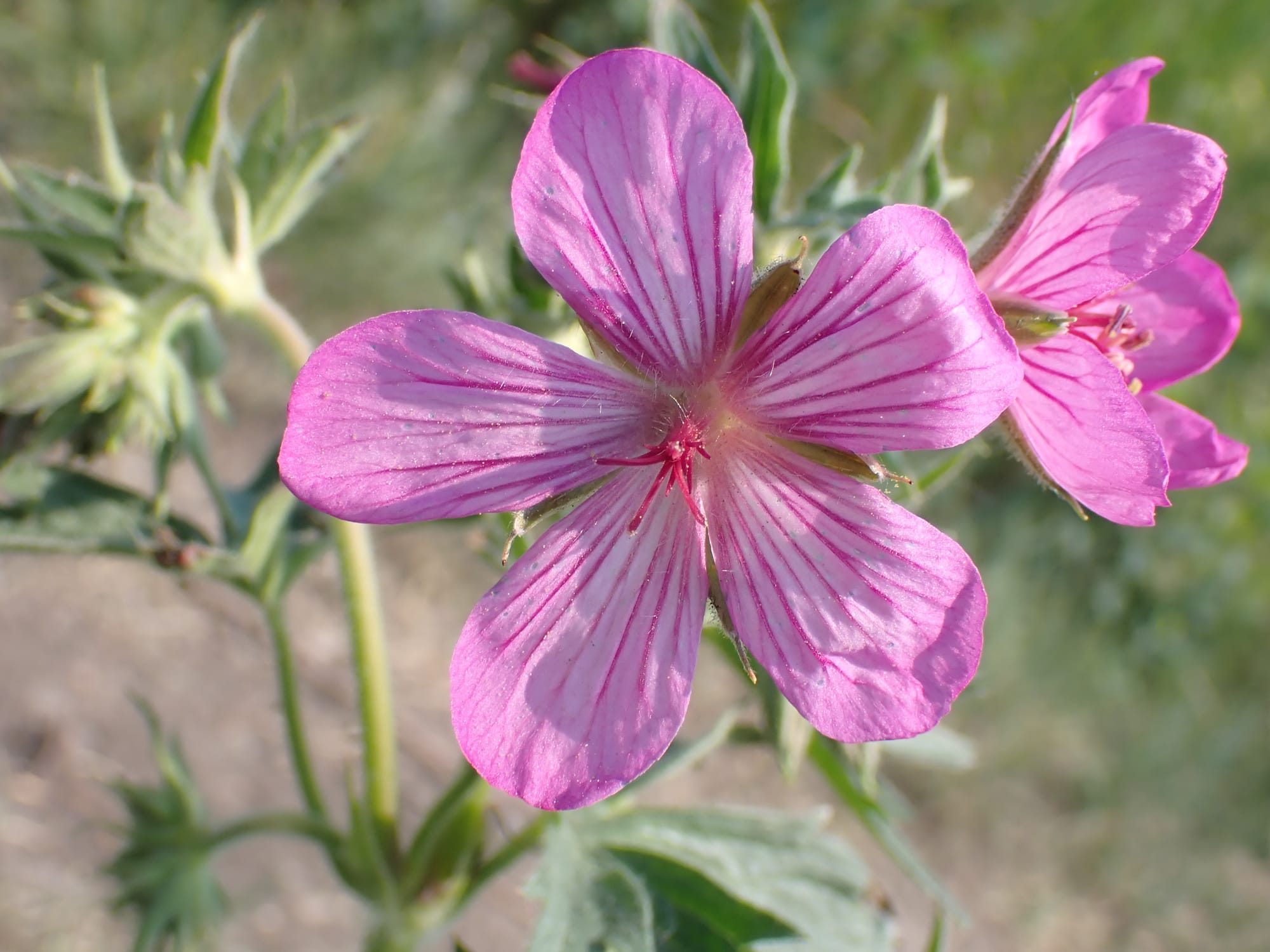
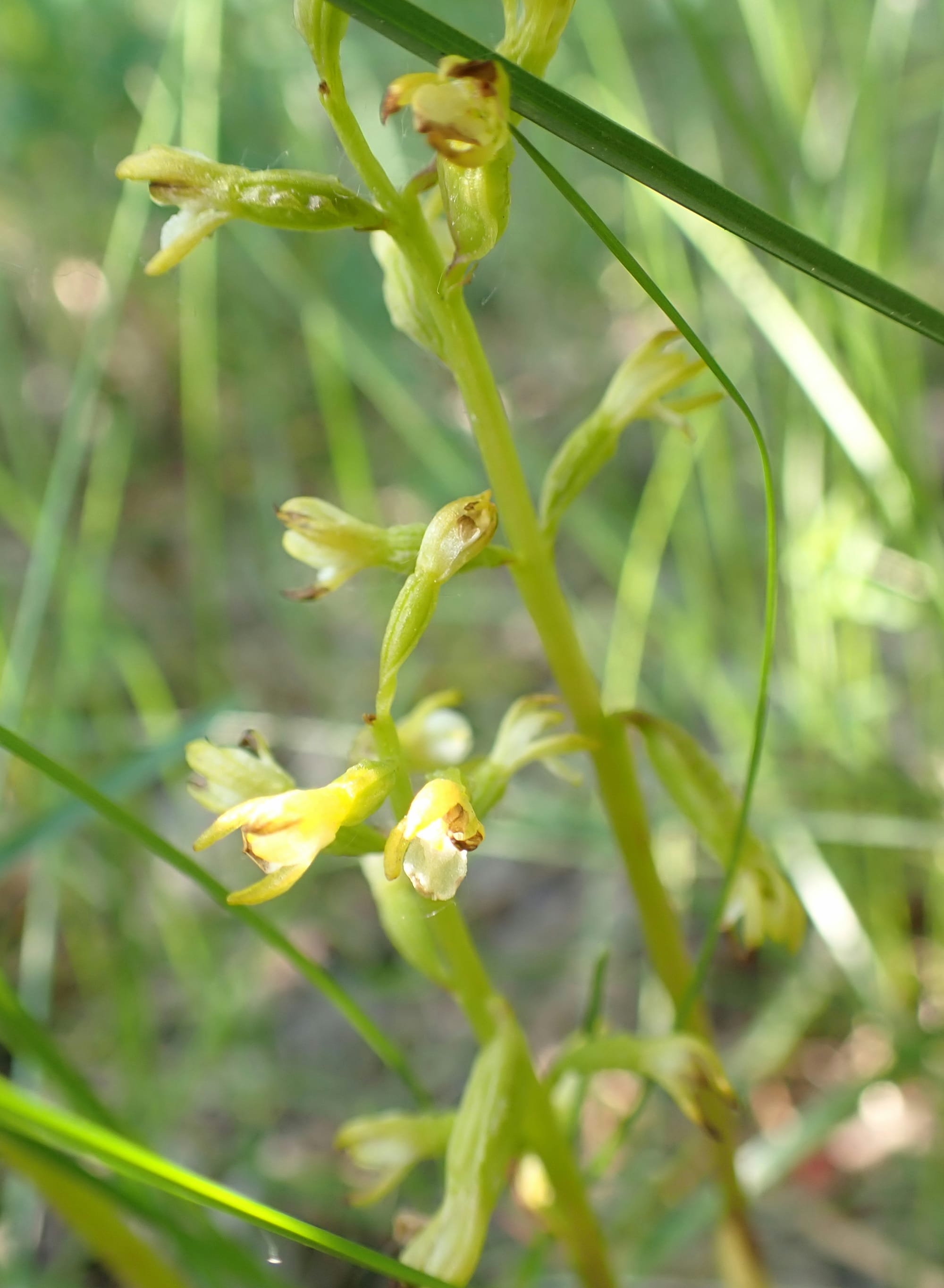
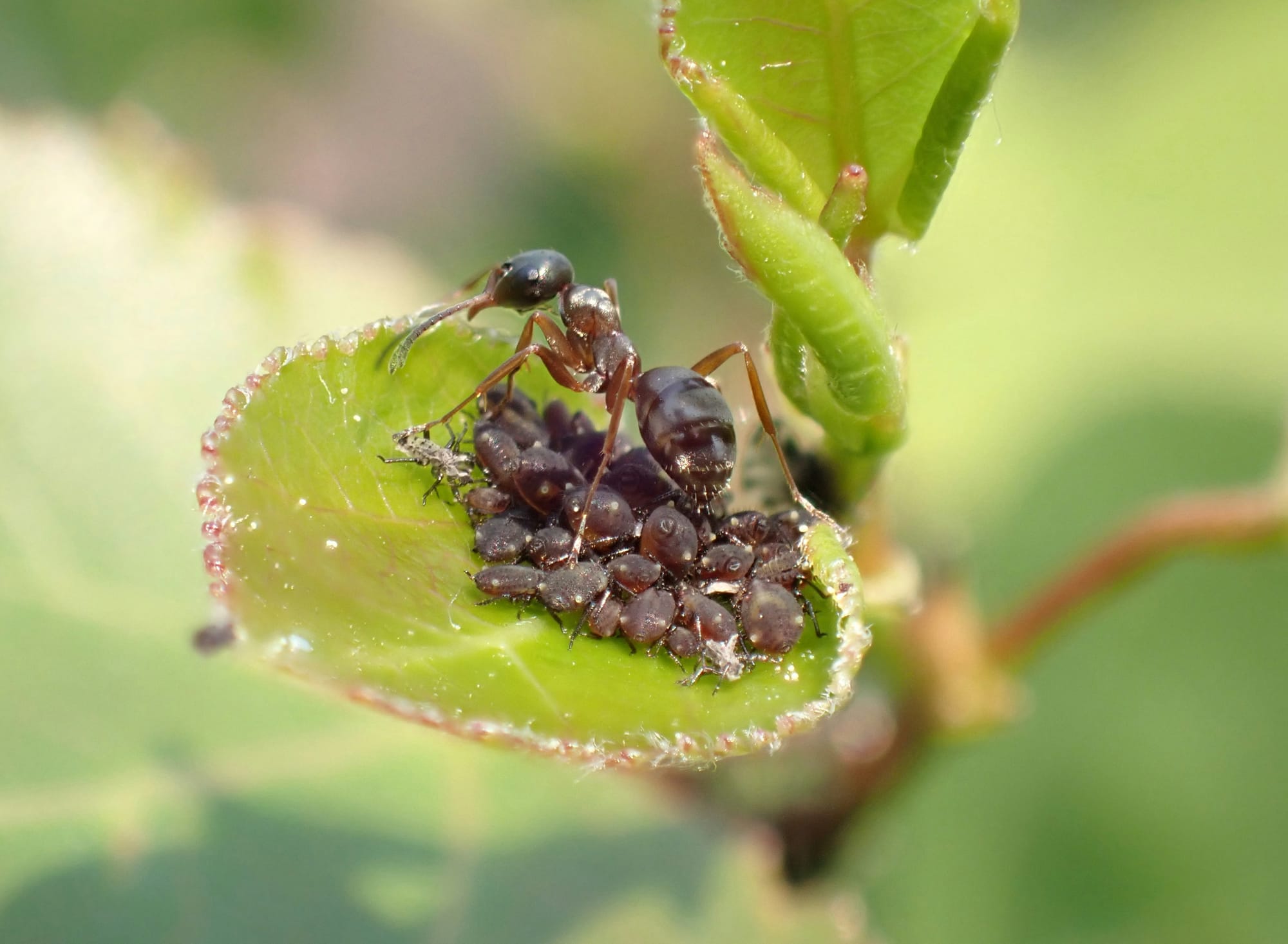
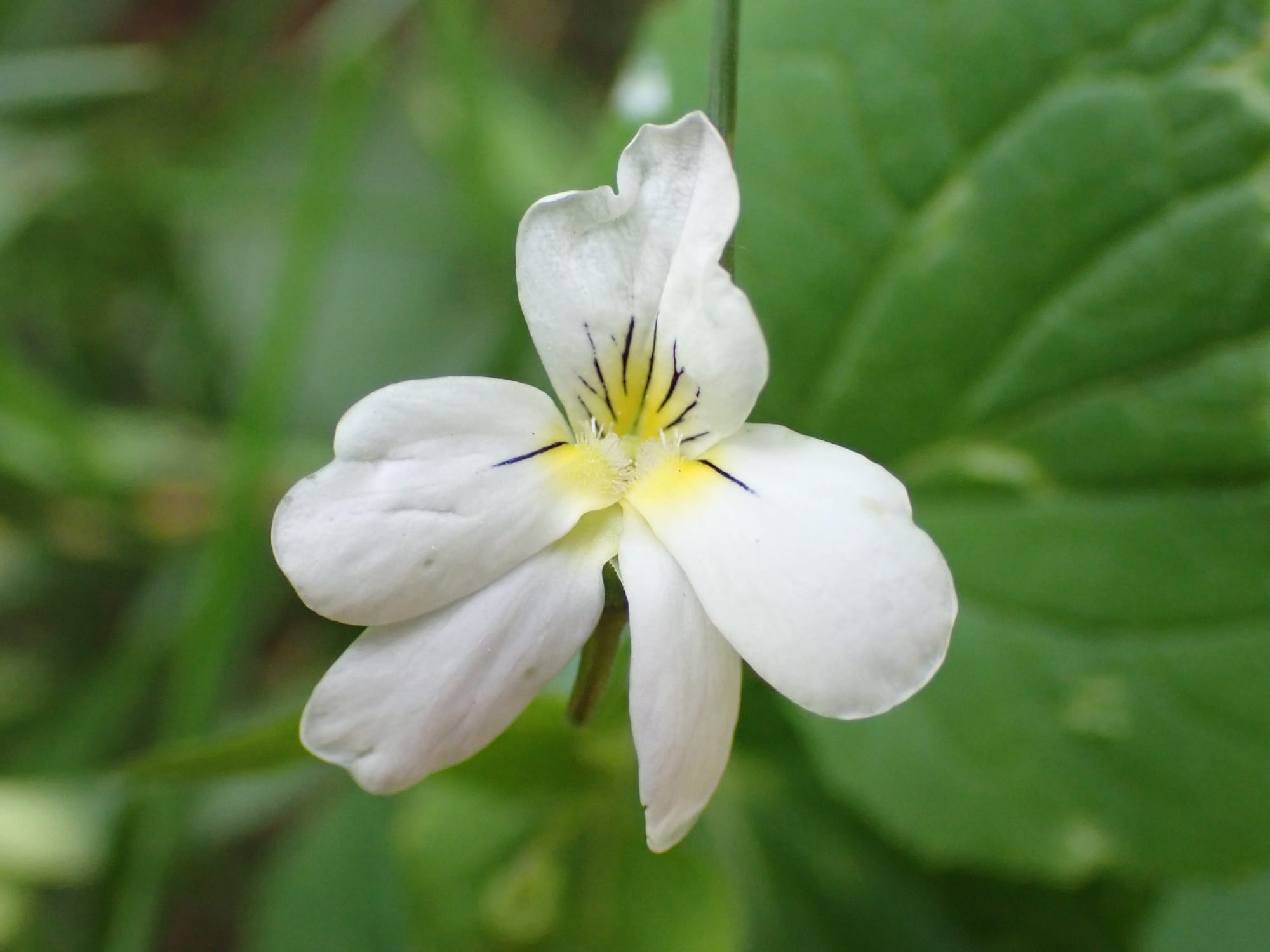
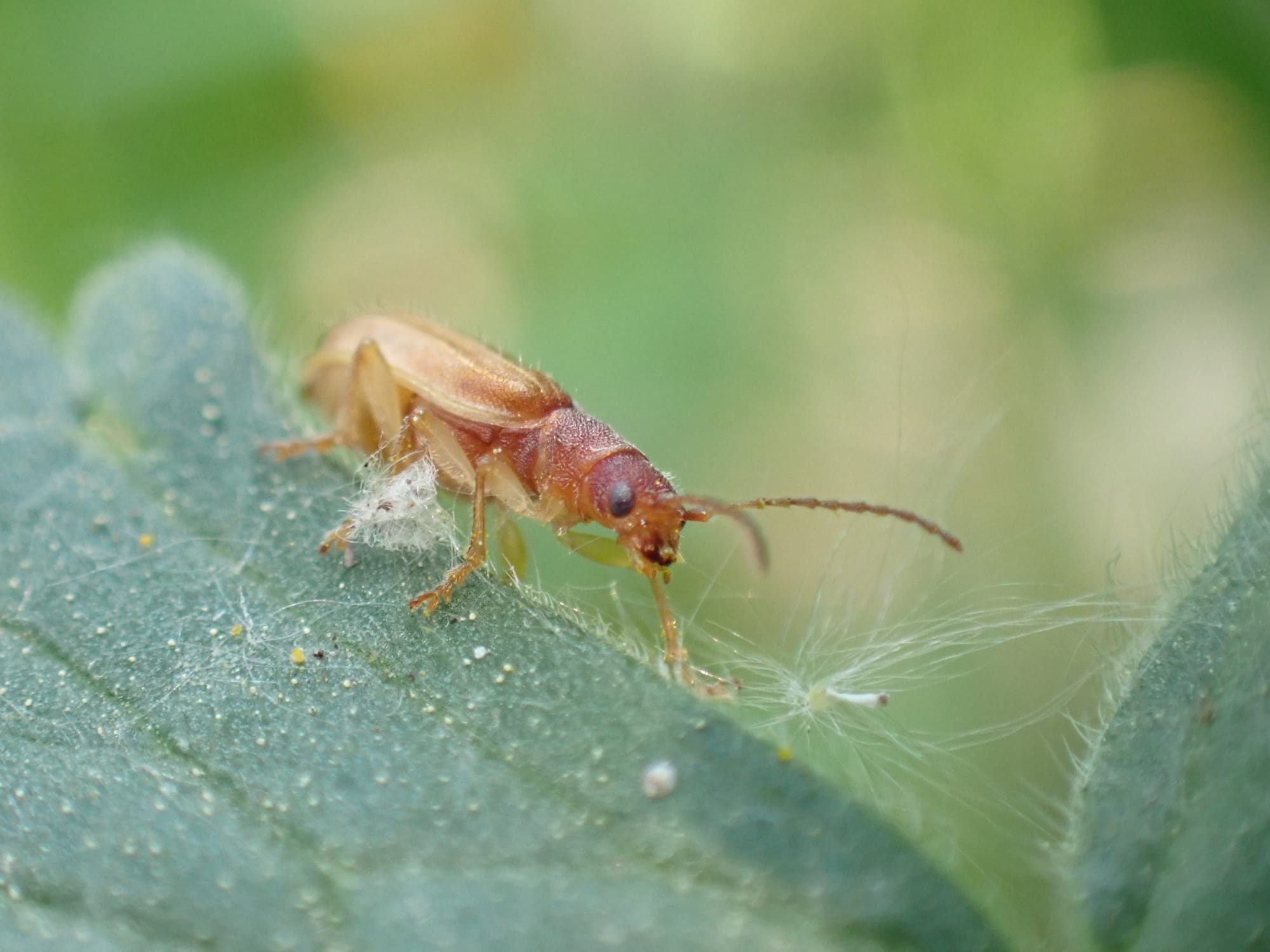
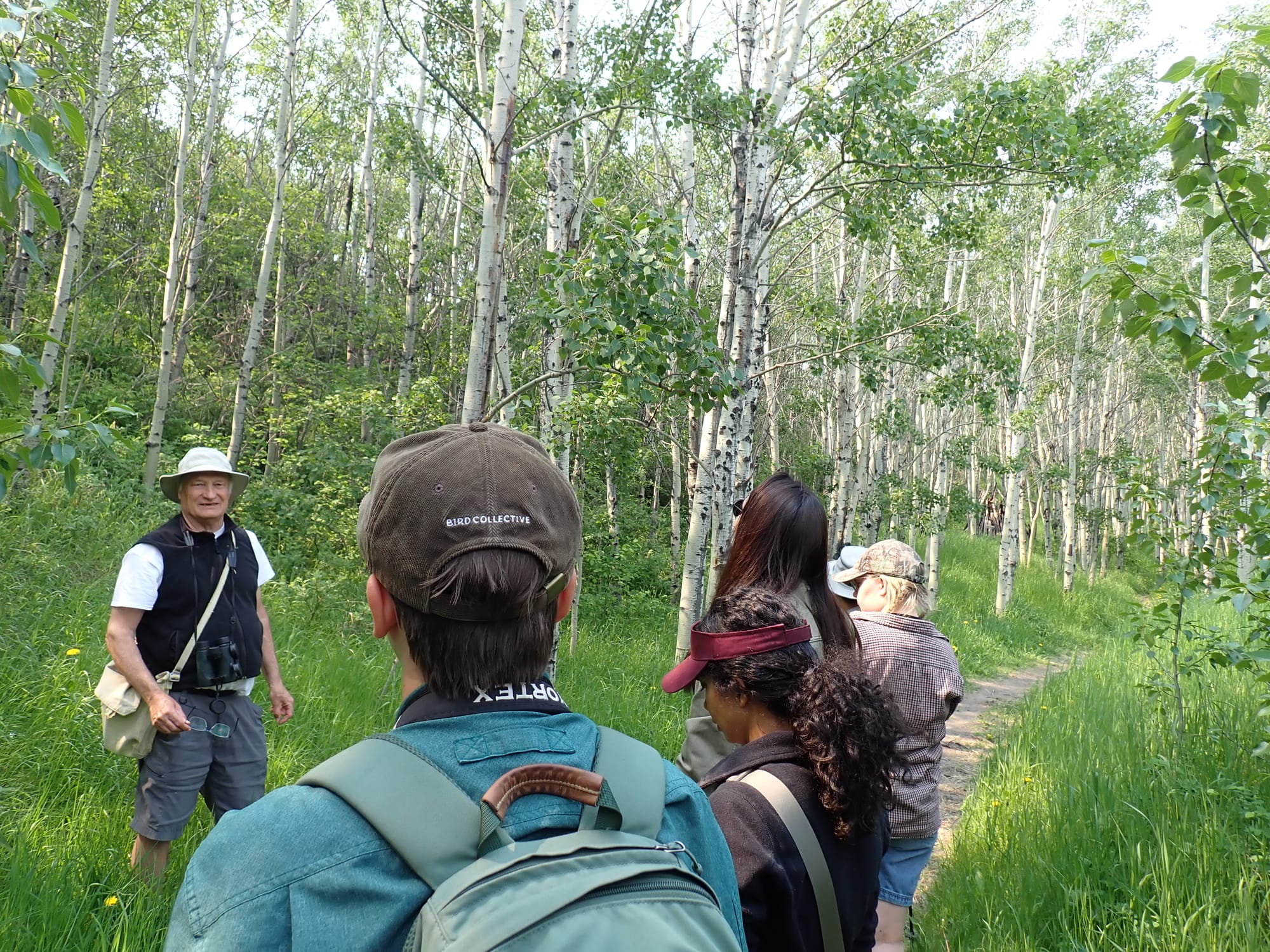
The shade of the trees is welcome after meandering through the grasses for awhile.
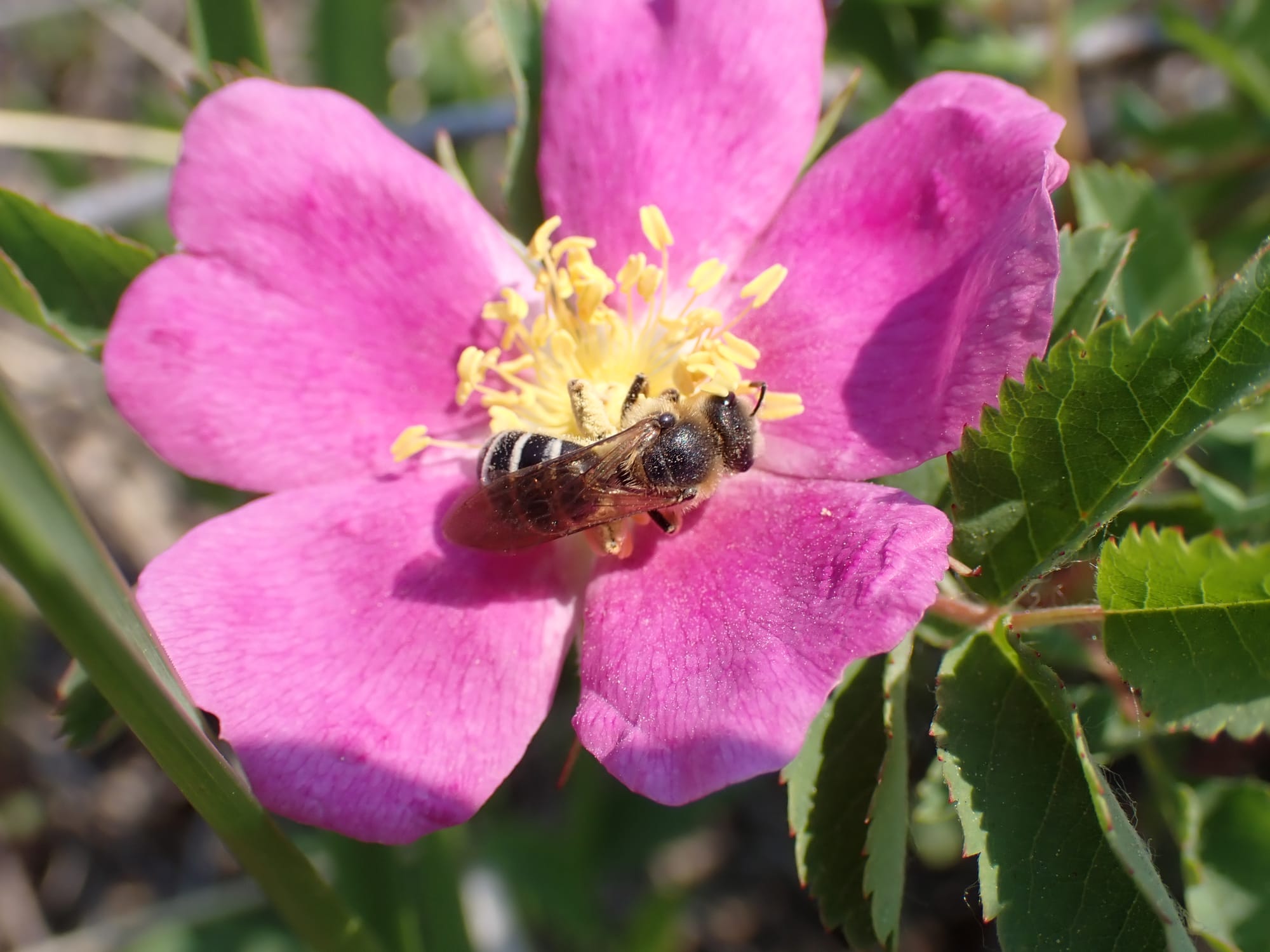
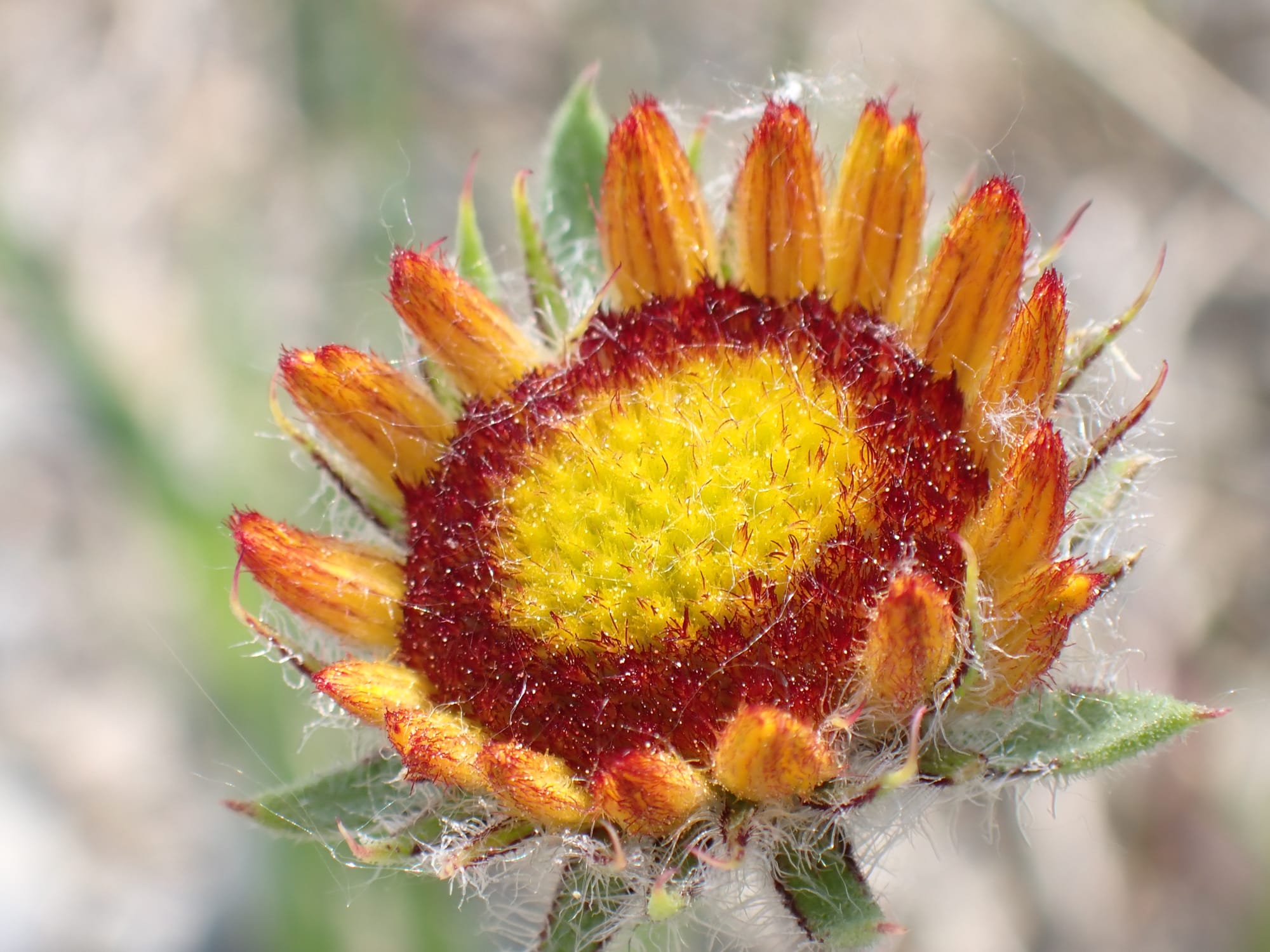
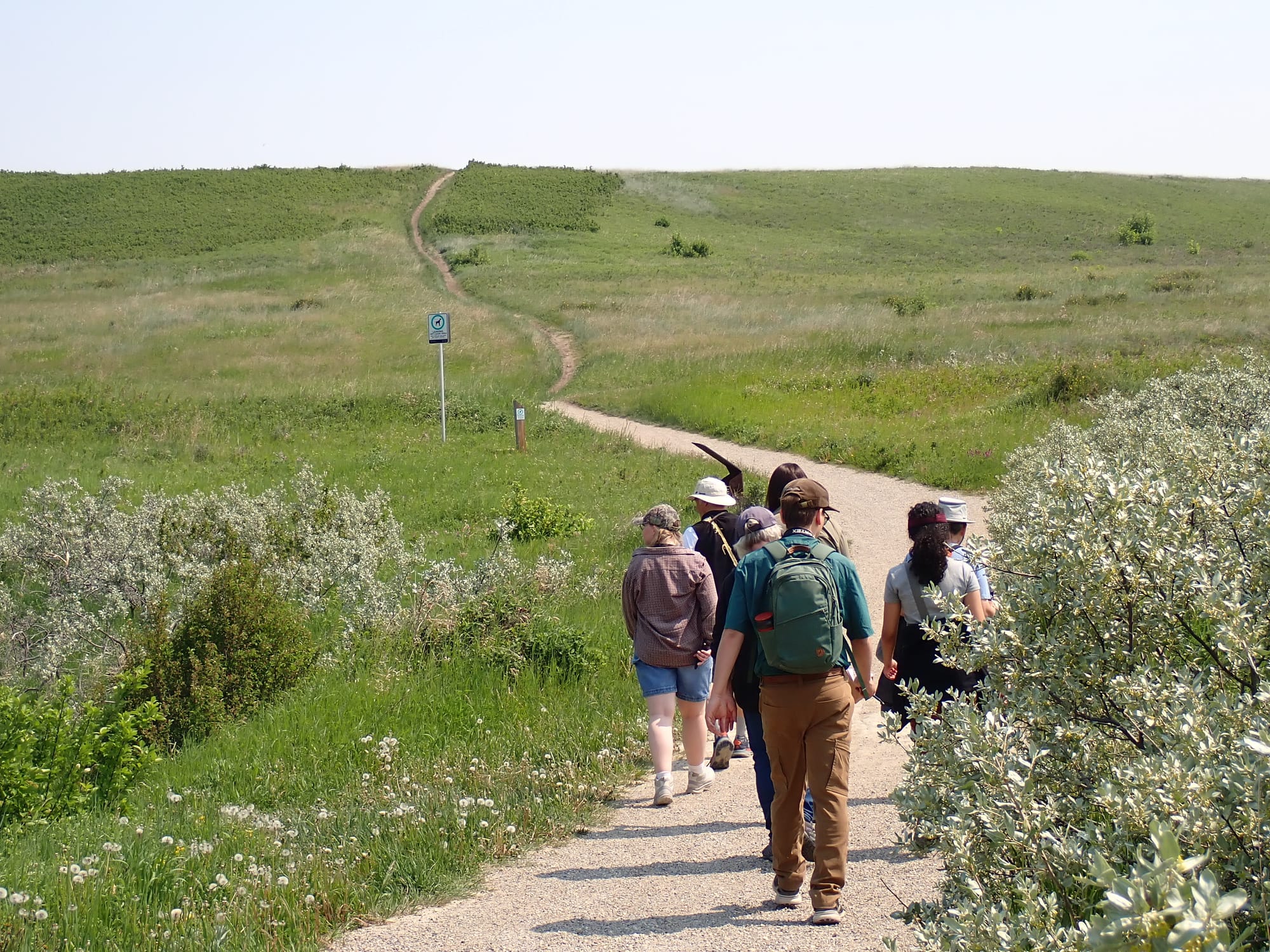
Taking in the smell of the wolf willows!

